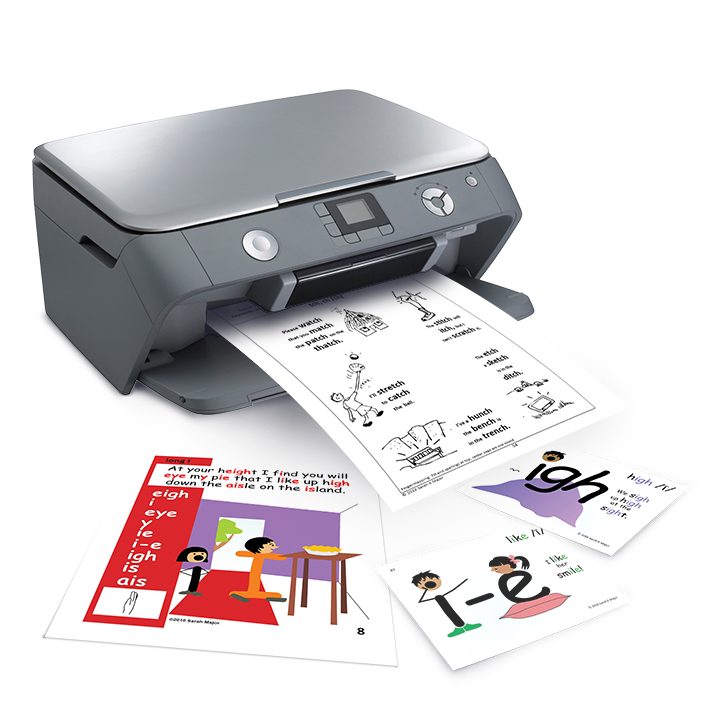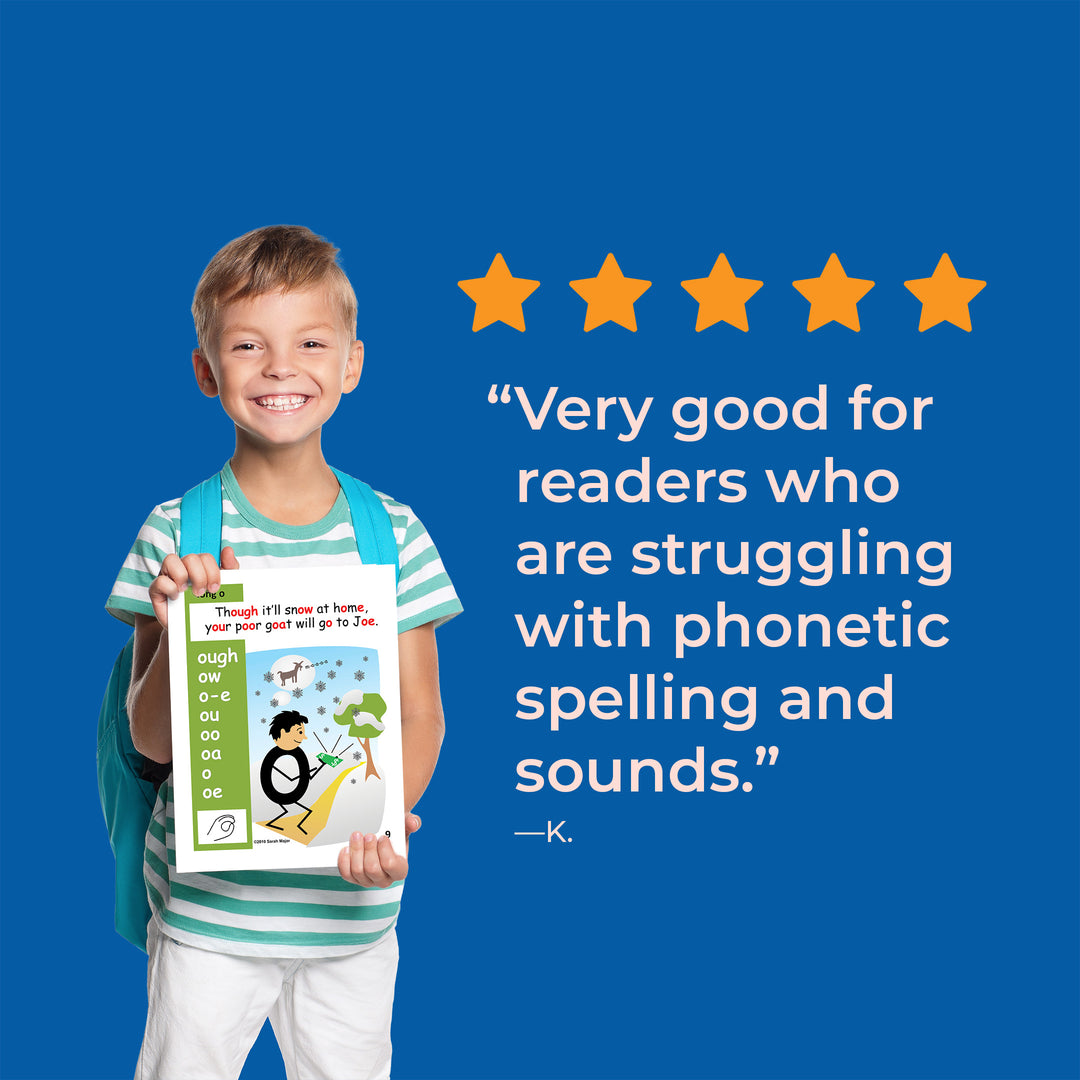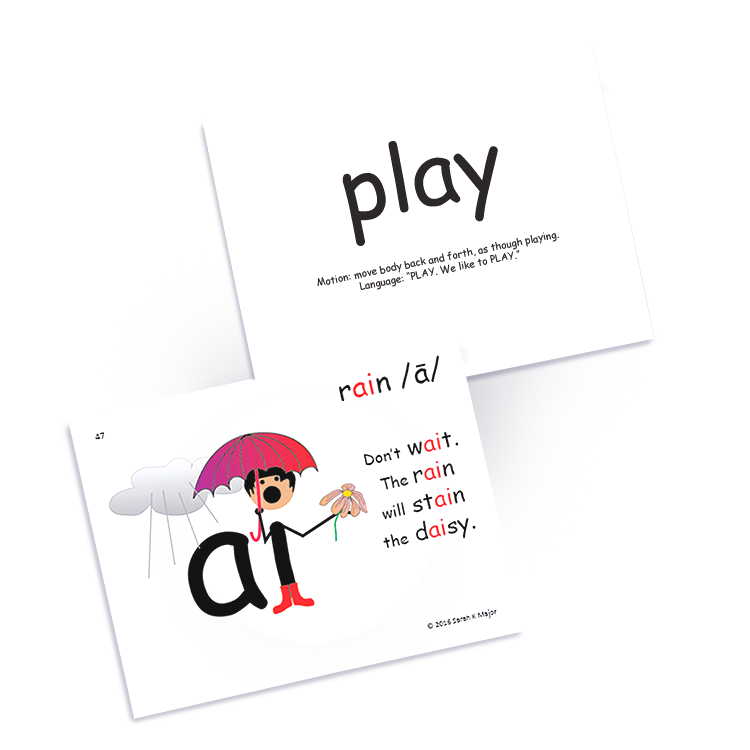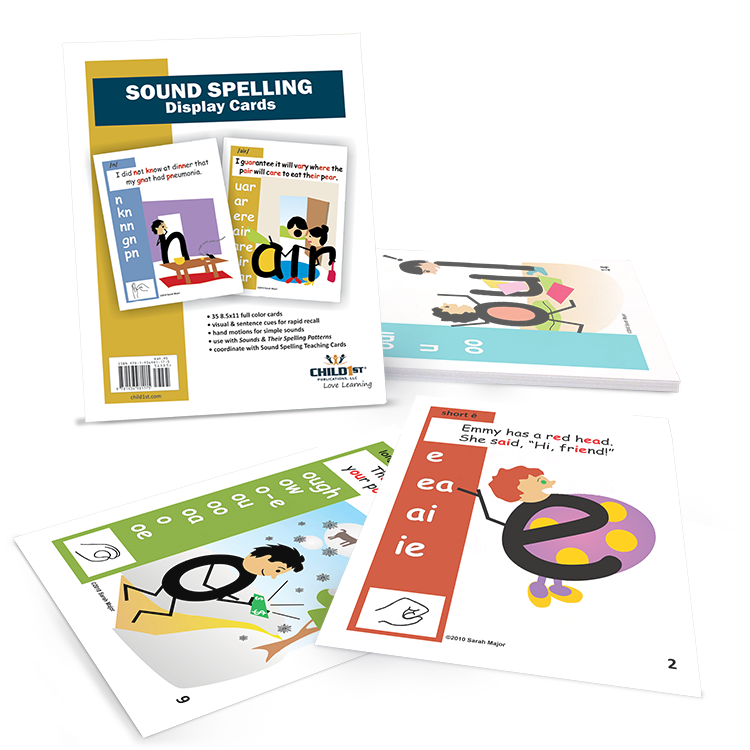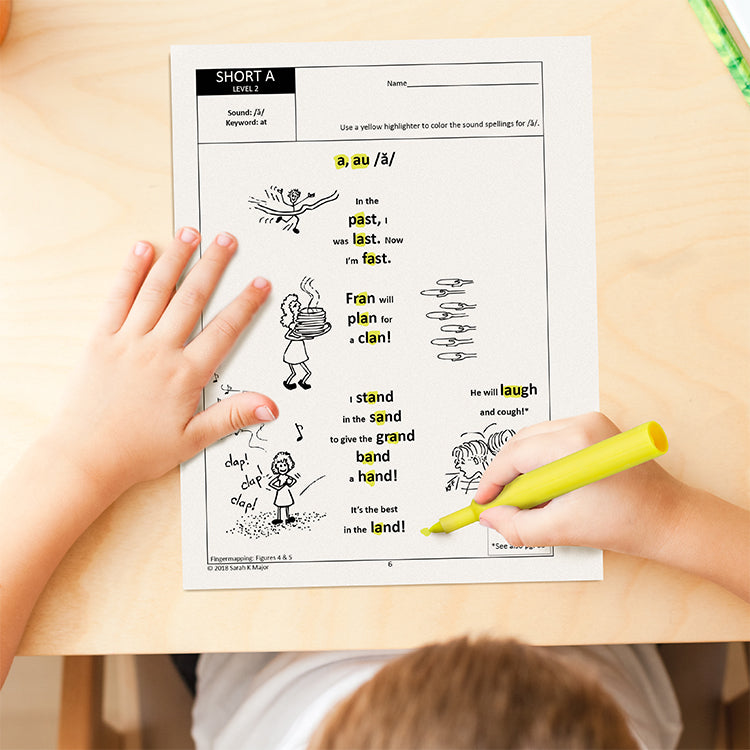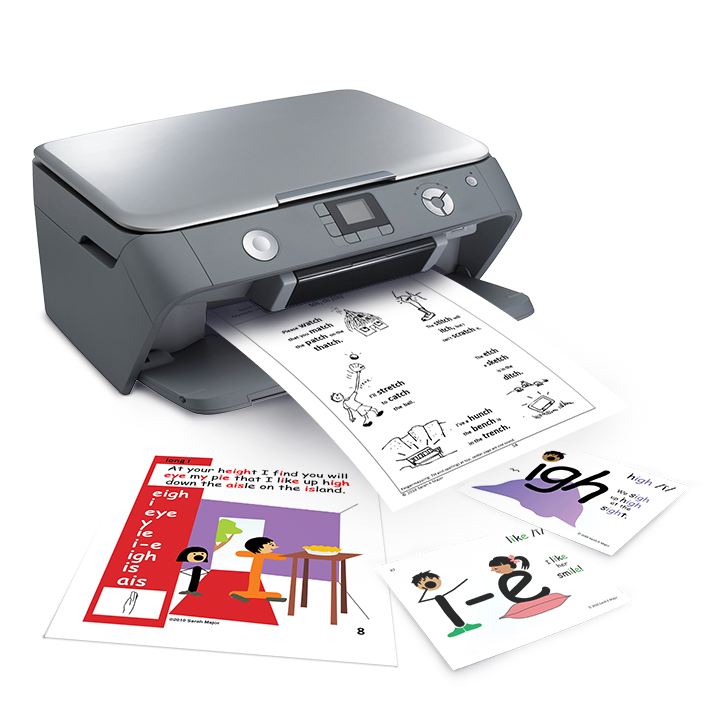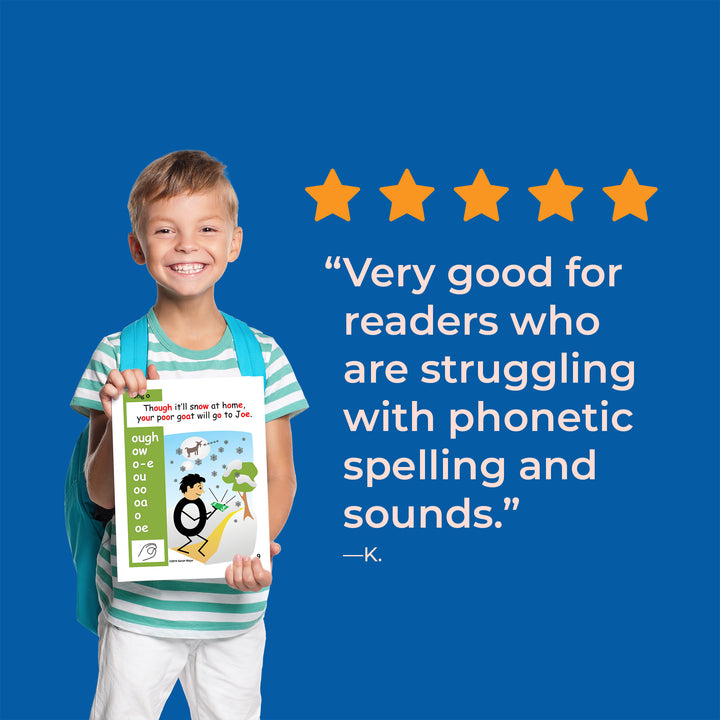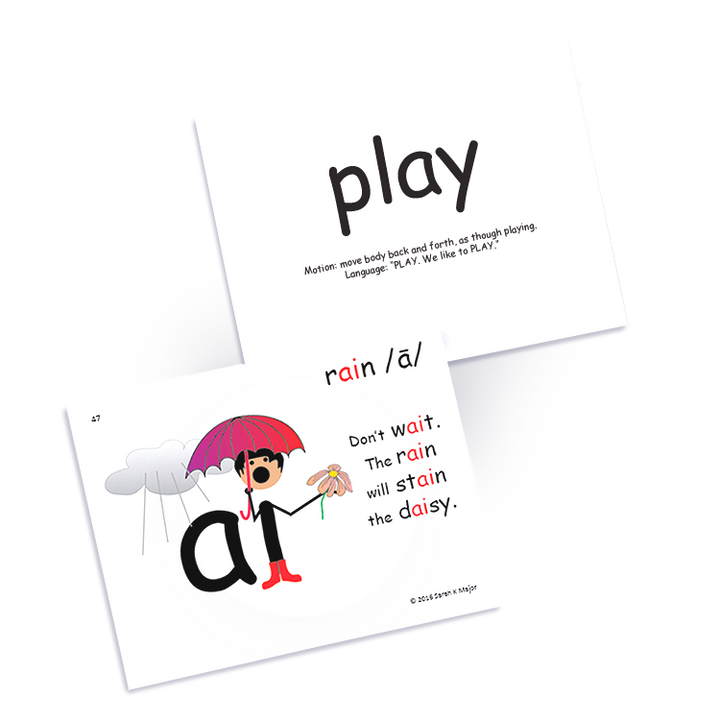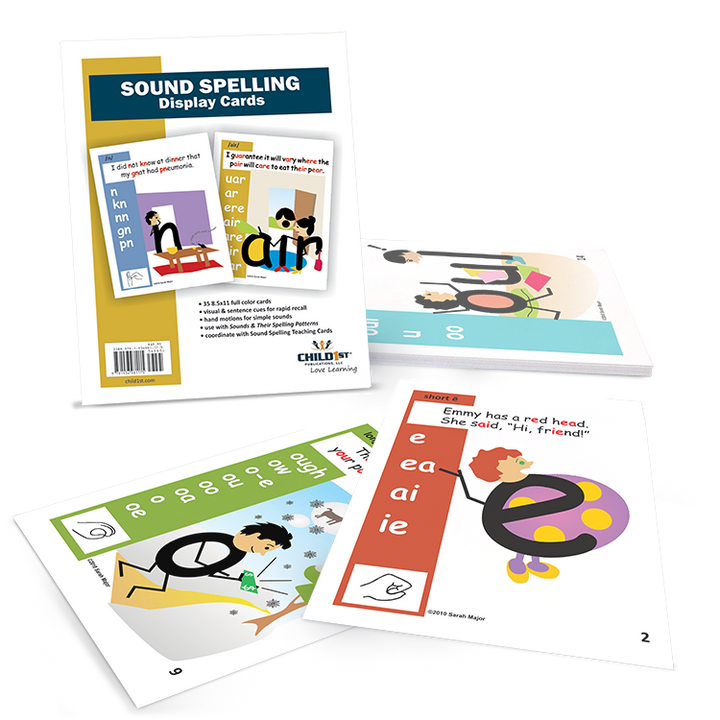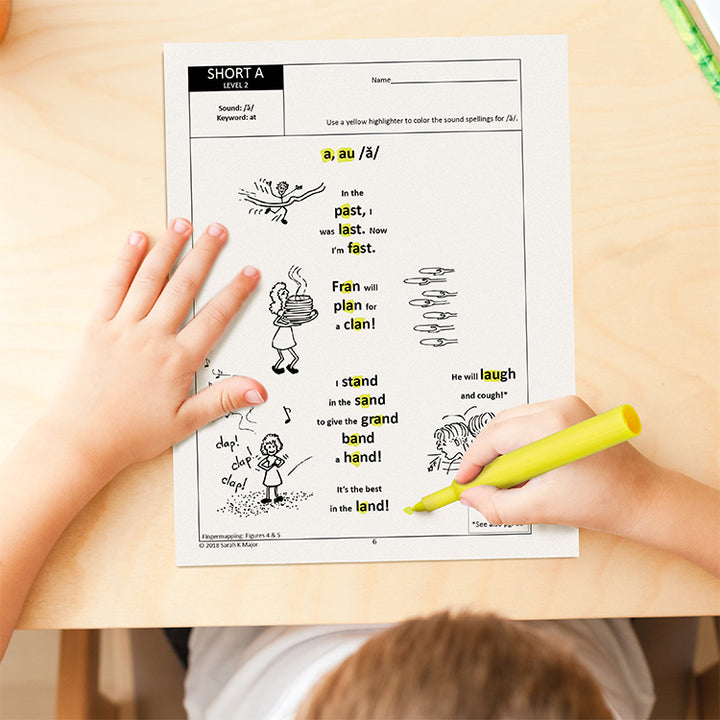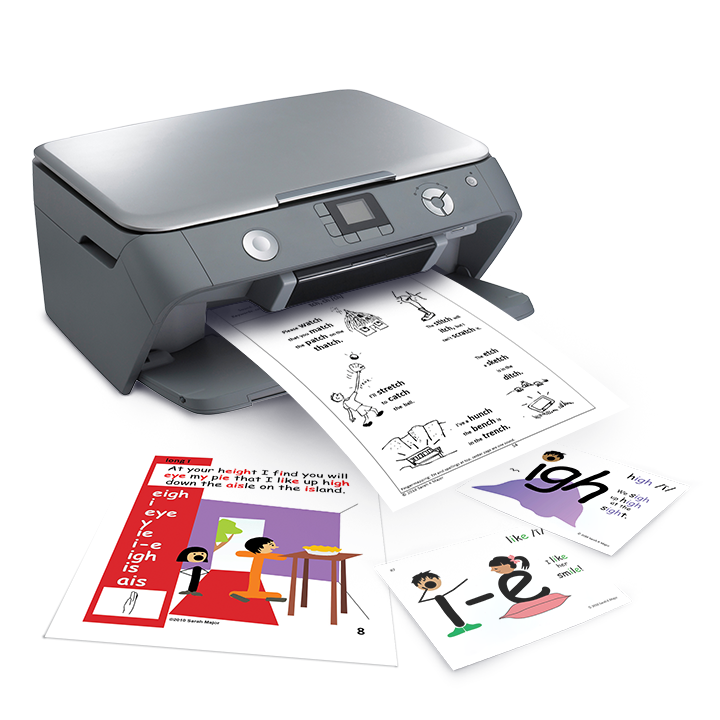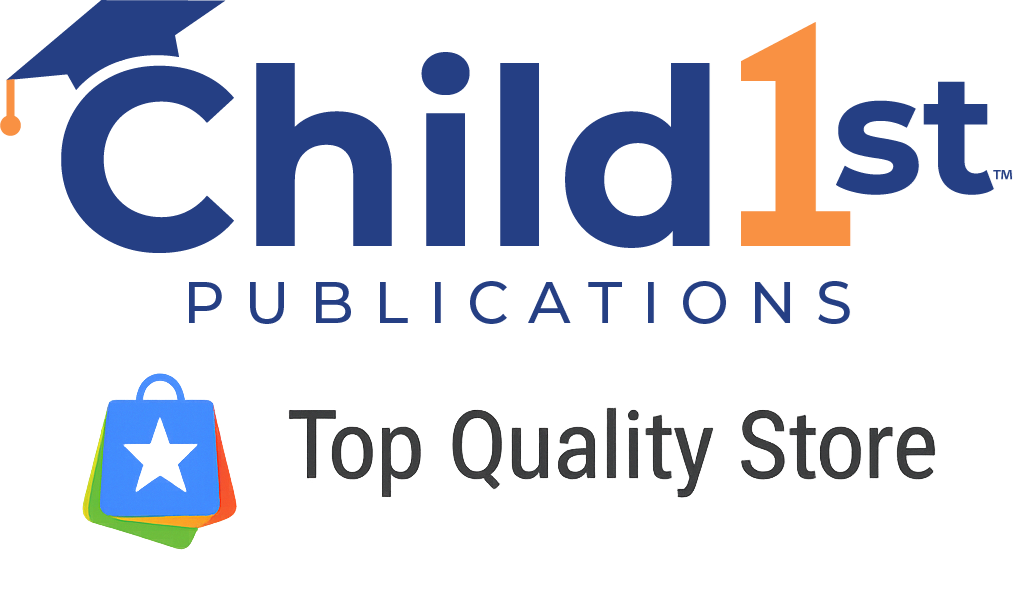The Child1st approach to phonics and spelling stands out for its holistic design, specifically tailored to include right-brain learners in the learning process. Beginning with a strong emphasis on phonemic awareness—the ability to recognize individual sounds in words—we guide children in listening and segmenting words into distinct sounds. Using a right-brain approach, we teach them to represent these sounds on paper using symbols.
Our focus on phonics, the representation of sounds with symbols, addresses a critical juncture where many children encounter difficulties in learning to read. Phonics and spelling are interconnected, and by teaching children how to represent sounds using letters and combinations, they gain the ability to write and read words effortlessly. Our spelling approach avoids rote memorization of letter sequences, opting for a sound/spelling method that requires no memorization.
Phonics establishes the connection between the sounds (phonemes) in words and the letters (graphemes) that represent them, making fluency in phonics crucial for developing proficient readers. The effectiveness of our approach lies in the comprehensive, explicit, and systematic teaching of phonics and spelling, ensuring that children across the learning spectrum, including right-brain processors, are well-prepared for reading without any guesswork.
Child1st phonics and spelling resources are designed for whole-brain learning that offers equity in learning to right-brain processors. We take phonics content which is already perfectly suited to left-brain learners, embed the letters and words in images, and utilize other right-brain friendly elements so visual/spatial learners can remember through their visual and body memory.



